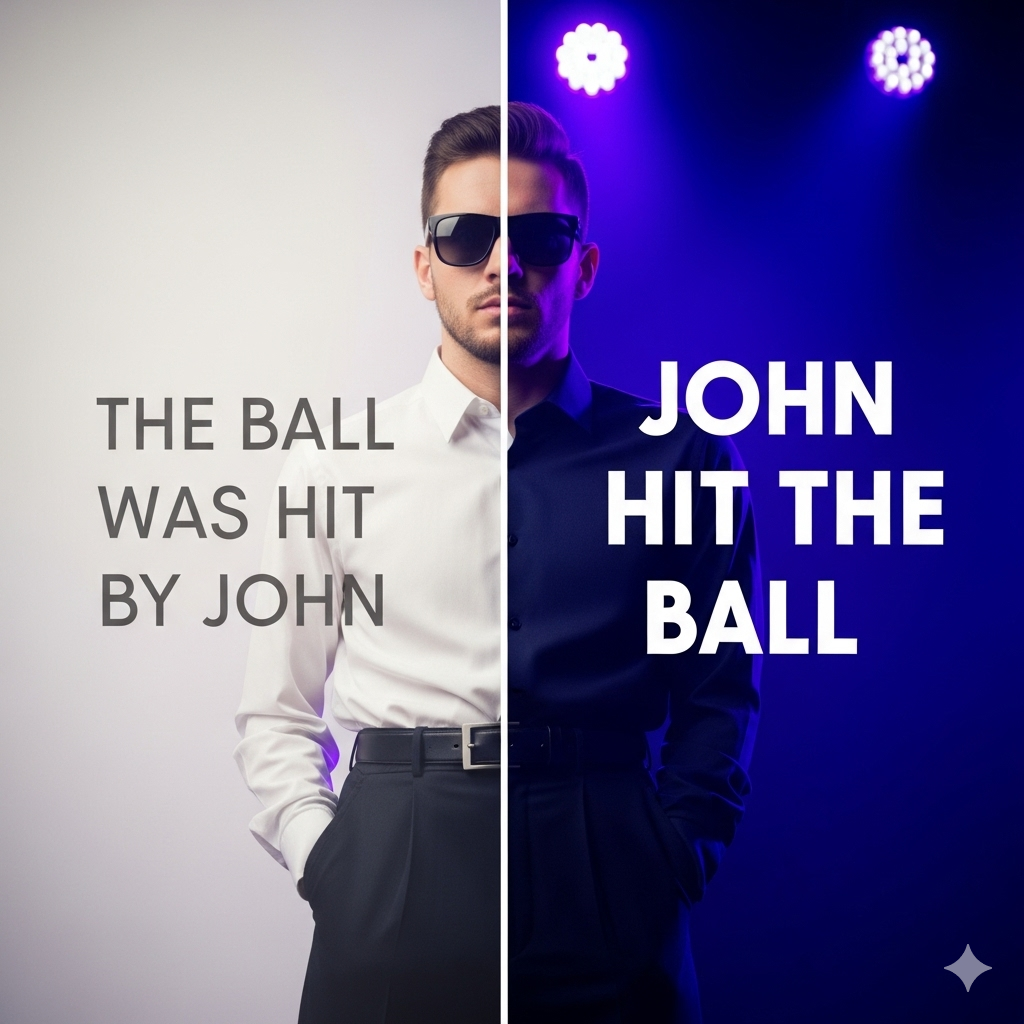Elevate your non-fiction! Spot and fix common nonfiction manuscript editing mistakes—from grammar issues and passive voice to clarity errors—using powerful, affordable AI editing tools that deliver professional, polished results.

Table of Contents
You've poured your intellect, research, and passion into your non-fiction manuscript, creating a work designed to inform, inspire, or educate. But even the most brilliant ideas can be undermined by common writing pitfalls that detract from your credibility and reader engagement. These aren't just minor typos; they're pervasive issues that can weaken your arguments, confuse your audience, and hinder your path to publication. Traditionally, identifying and correcting these widespread nonfiction manuscript editing errors required the keen eye of a professional editor—a luxury not all authors can afford.
The good news? The landscape of nonfiction manuscript editing has been revolutionized by Artificial Intelligence. AI-powered tools are now highly adept at spotting these common mistakes with remarkable speed and accuracy, providing affordable editing tools that empower authors to achieve a polished, professional manuscript. This guide will walk you through 7 of the most frequent errors found in non-fiction manuscripts and demonstrate how cutting-edge AI can help you identify and fix them, transforming your draft into a truly impactful and error-free work.
Non-fiction writing demands precision, clarity, and authority. Unlike fiction, where creative license allows for more stylistic experimentation, non-fiction aims to convey information and arguments effectively. When common mistakes creep in, they don't just annoy; they actively undermine your message and erode reader trust.
Here's why these errors are particularly damaging in non-fiction:
The good news? With AI editing tools for nonfiction, authors now have access to affordable, professional-quality support. These tools catch common editing mistakes, enhance readability, and ensure your book communicates with clarity, authority, and impact.
Passive voice in nonfiction writing occurs when the subject of a sentence receives the action instead of performing it (e.g., “The ball was hit by John” instead of “John hit the ball”). While there are moments where passive voice can be appropriate—such as when the actor is unknown or unimportant—its overuse creates weak, indirect, and overly formal prose. In nonfiction, where credibility and clarity are essential, passive voice obscures accountability and makes it harder for readers to connect your arguments to clear evidence.
Readers expect nonfiction to sound confident, authoritative, and direct. If your sentences consistently hide the subject or downplay responsibility, your writing risks losing impact and persuasiveness.

How AI Helps: Advanced AI editing tools like Grammarly and ProWritingAid are designed to flag passive voice. They highlight problematic sentences and recommend active voice corrections, allowing you to sharpen your tone, improve readability, and strengthen authority. For authors preparing a nonfiction manuscript for publishing, this ensures your work feels polished and professional.
Clarity is one of the pillars of effective nonfiction. A common mistake is assuming your readers share the same background knowledge or can easily follow complex sentence structures. Clarity mistakes in nonfiction writing often appear as overly long sentences, technical jargon without explanation, or unnecessarily complicated syntax. These issues make your book harder to read, forcing readers to disengage before fully grasping your message.
The hallmark of strong nonfiction is accessibility. If readers can’t easily understand your ideas, they won’t finish your book—no matter how valuable your insights are.
How AI Helps: AI excels at measuring sentence complexity and readability. Tools like Hemingway Editor highlight hard-to-read passages with color coding, while Grammarly and ProWritingAid suggest simpler alternatives, breaking down convoluted sentences into clear, concise phrasing. Manuscript AI goes further, offering clarity feedback at a structural level, showing where explanations need simplification. This ensures your book communicates ideas effectively and keeps your audience engaged.
Spending months with your manuscript makes it easy to unconsciously repeat arguments, examples, or phrases across chapters. This kind of repetition in nonfiction creates redundancy, bloats your manuscript, and dilutes the power of your key points. Readers quickly lose patience when information feels recycled, and publishers may see it as poor editing.
Concise writing communicates confidence. By eliminating redundancy, you not only tighten your prose but also increase the impact of your arguments.

How AI Helps: This is an area where AI shines. Tools like ProWritingAid provide dedicated reports on overused words and phrases, while Manuscript AI identifies repeated ideas and arguments across different sections of your book. This type of low-cost manuscript feedback helps you streamline your writing, cut unnecessary repetition, and deliver a manuscript where every word adds value.
Professional nonfiction depends on consistency. Even small inconsistencies—like alternating between “web site” and “website,” switching capitalization styles, or formatting bullet points differently—can distract readers. More importantly, inconsistent terminology can confuse readers about whether two terms refer to the same concept, eroding trust in your expertise.
A consistent voice and style are hallmarks of professional nonfiction manuscript editing. They make your book feel cohesive, credible, and carefully crafted.
How AI Helps: Many AI editing tools include robust consistency checks that flag variations in spelling, hyphenation, capitalization, and formatting. Manuscript AI can serve as a final manuscript check, ensuring uniformity across chapters. These tools reduce small but critical errors that weaken reader trust, giving your nonfiction book a professional polish before publication.
A nonfiction book should feel like a guided journey through complex ideas. But weak transitions between paragraphs, sections, or chapters leave readers feeling lost and disconnected. Poor flow disrupts your book’s rhythm, weakens your arguments, and lowers engagement. This is why chapter flow analysis is a critical part of nonfiction manuscript editing.
Strong transitions make your writing feel seamless. They help readers follow your logic step by step, reinforcing the authority of your arguments.
How AI Helps: Structural tools like Manuscript AI are designed to identify flow problems. They provide structure feedback tool insights on abrupt transitions, misplaced sections, or uneven pacing. While AI won’t write transitions for you, it highlights where they’re missing, giving you actionable direction for book organization help. This results in a smoother, more compelling reading experience.
Nonfiction readers expect sound reasoning, evidence, and clear connections. A common issue is presenting an assertion without supporting it or making leaps in logic that leave readers unconvinced. These logical gaps in nonfiction writing undermine authority more than simple grammar errors because they affect the substance of your arguments.
Readers trust nonfiction to provide evidence-based insights. Weak or underdeveloped arguments break that trust and reduce the book’s impact.

How AI Helps: While AI can’t perform original research, advanced nonfiction manuscript editing tools like Manuscript AI analyze the logical structure of your work. They flag areas where arguments lack evidence, conclusions seem unsupported, or topics need elaboration. This argument structure feedback ensures your nonfiction is thorough, persuasive, and authoritative.
Adverbs (e.g., “really,” “very,” “quickly”) and weasel words (e.g., “some people believe,” “it is generally thought”) weaken nonfiction writing. Instead of making your prose stronger, they create vagueness and uncertainty. Readers expect nonfiction to deliver clarity and confidence, not hedging or filler.
Too many adverbs make sentences feel padded, while vague language undermines credibility. Direct, precise language helps your arguments resonate with authority.
How AI Helps: Grammarly, ProWritingAid, and Manuscript AI flag unnecessary adverbs and vague weasel words. They suggest stronger verbs and more precise phrasing, helping you cut filler and sharpen your arguments. Eliminating weasel words in nonfiction ensures your book projects confidence, clarity, and professionalism—qualities that publishers and readers alike value.
Addressing these 7 common mistakes can dramatically elevate the quality of your non-fiction manuscript. While human editors bring invaluable subjective insights, they can be expensive and time-consuming. By contrast, AI manuscript editing provides an efficient, objective, and affordable editing tools solution that helps you catch errors in grammar, structure, and readability without breaking your budget.
Tools like Manuscript AI, available for just $49 per review, deliver targeted nonfiction manuscript editing services. They not only perform advanced grammar and style checks but also provide in-depth structure feedback tool analysis—highlighting weak transitions, logical gaps, and repetitive content that traditional spellcheckers would miss. This level of AI structure feedback ensures your arguments remain clear, persuasive, and professionally organized. When paired with other AI grammar checkers such as Grammarly, Hemingway, or ProWritingAid, you create a powerful, cost-effective system for last-minute manuscript proofreading and stylistic refinement. This combination equips you to produce a publish-ready nonfiction book that feels polished, authoritative, and engaging—without the delays or high costs of traditional editing.

Don’t let these common pitfalls undermine your hard work. Leverage AI editing tools for authors to sharpen your prose, build confidence in your writing, and ensure your nonfiction book makes the professional impact it deserves.

Co-founder of Manuscript AI | Writing Afficianado